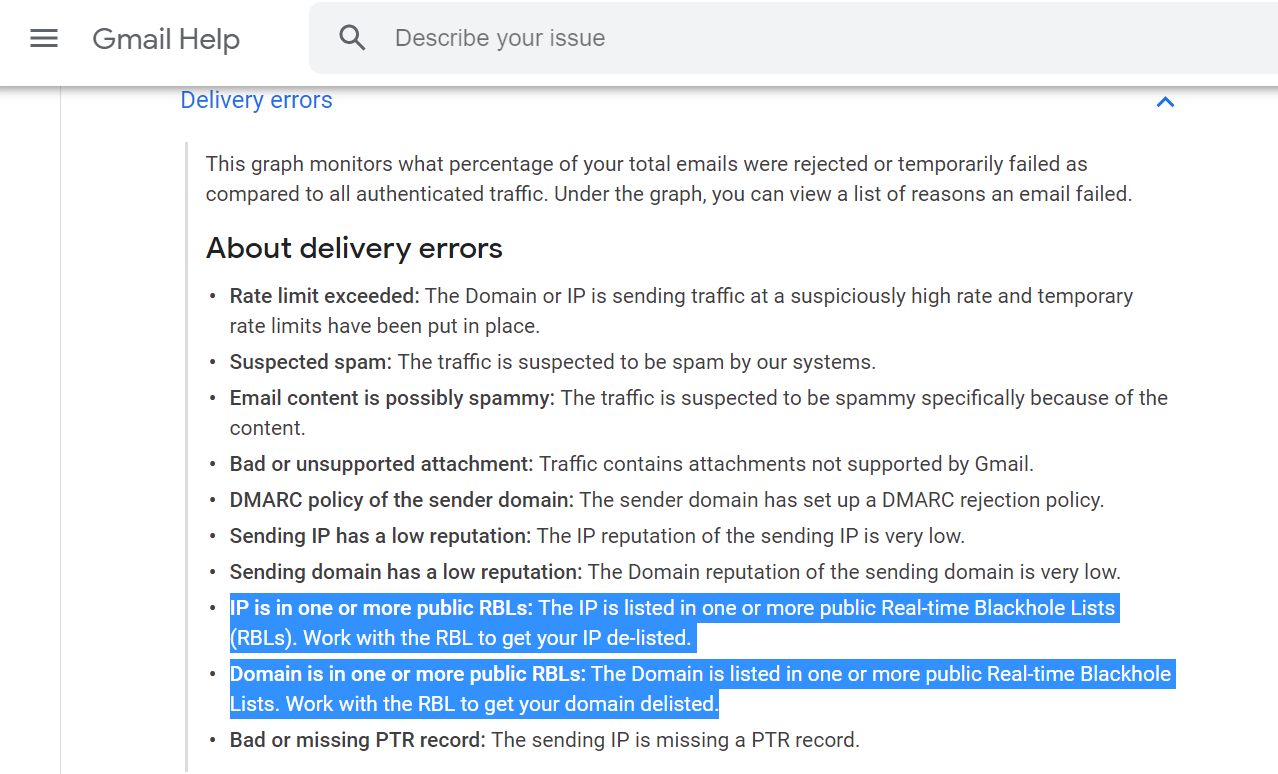

Most firewalls (and routers for household use) can be configured to silently discard packets addressed to forbidden hosts or ports, resulting in small or large "black holes" in the network. For example, 198.51.100.0 / 24 is reserved for use in documentation and examples by RFC 5737 while the RFC advises that the addresses in this range are not routed, this is not a requirement.

Connection-oriented or reliable protocols (TCP, RUDP) will either fail to connect to a dead address or will fail to receive expected acknowledgements.įor IPv6, the black hole prefix 100:: / 64 is described by RFC 6666.įor IPv4, no black hole address is explicitly defined, however the reserved IP addresses can help achieve a similar effect. Note that a dead address will be undetectable only to protocols that are both connectionless and unreliable (e.g., UDP). The most common form of black hole is simply an IP address that specifies a host machine that is not running or an address to which no host has been assigned.Įven though TCP/IP provides a means of communicating the delivery failure back to the sender via ICMP, traffic destined for such addresses is often just dropped. When examining the topology of the network, the black holes themselves are invisible, and can only be detected by monitoring the lost traffic hence the name as astronomical Black holes cannot be directly observed.

In networking, a black hole refers to a place in the network where incoming or outgoing traffic is silently discarded (or "dropped"), without informing the source that the data did not reach its intended recipient.


 0 kommentar(er)
0 kommentar(er)
